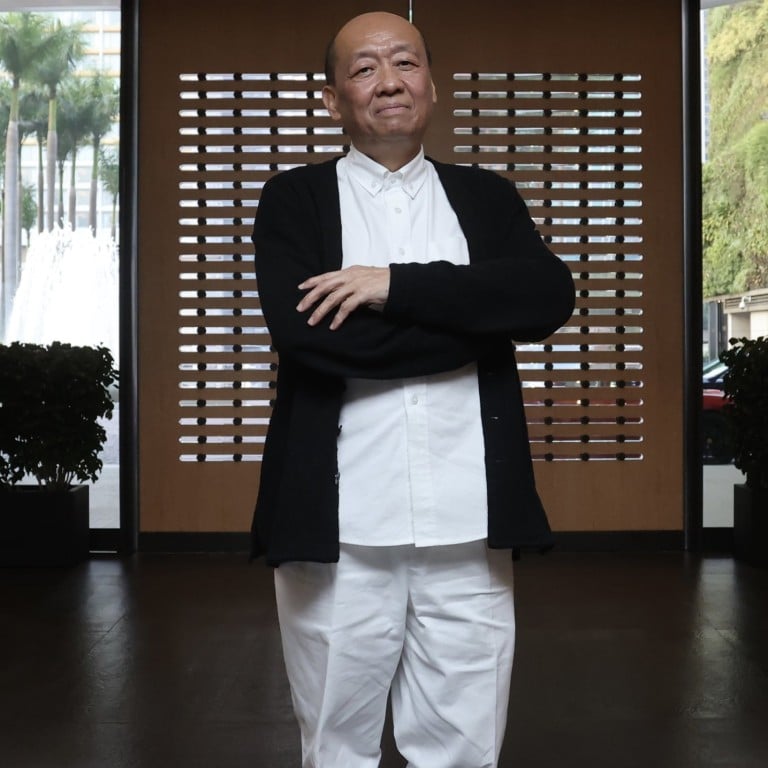
‘Like an ocean liner hitting an iceberg’: architect of Regent Hong Kong hotel renovation on having to go back to the drawing board halfway in, and his vision
- Chi Wing Lo is the architect behind the renovation of the Regent Hong Kong. He talks about the risk the owners took commissioning him, and surprise budget cuts
- He reveals why he felt ‘silently blessed’ by his spells in coronavirus quarantine and why it's the small details of design that matter when it comes to comfort
Hong Kong-born Chi Wing Lo is indubitably a design superpower. But when the owners of the Regent Hong Kong came calling about renovating the Tsim Sha Tsui hotel – rebranded the InterContinental in 1980 – he was shocked to be asked, he says.
“My initial meeting with [hotel owners] the Gaw family in August 2019 went a bit like this. Client: ‘Have you ever designed a hotel before?’ Me: ‘Never,’” recalls Lo, whose humorous self-deprecation and infectious giggle are instant icebreakers. “I recognised that this was a huge risk for them to take, which rarely happens in Hong Kong.”
Although his path to architectural greatness was somewhat winding – he did poorly at school and took jobs on construction sites before eventually working his way to a master’s in architecture from Harvard – he has designed commercial and residential projects all over the world, including his own home in Athens, Greece.
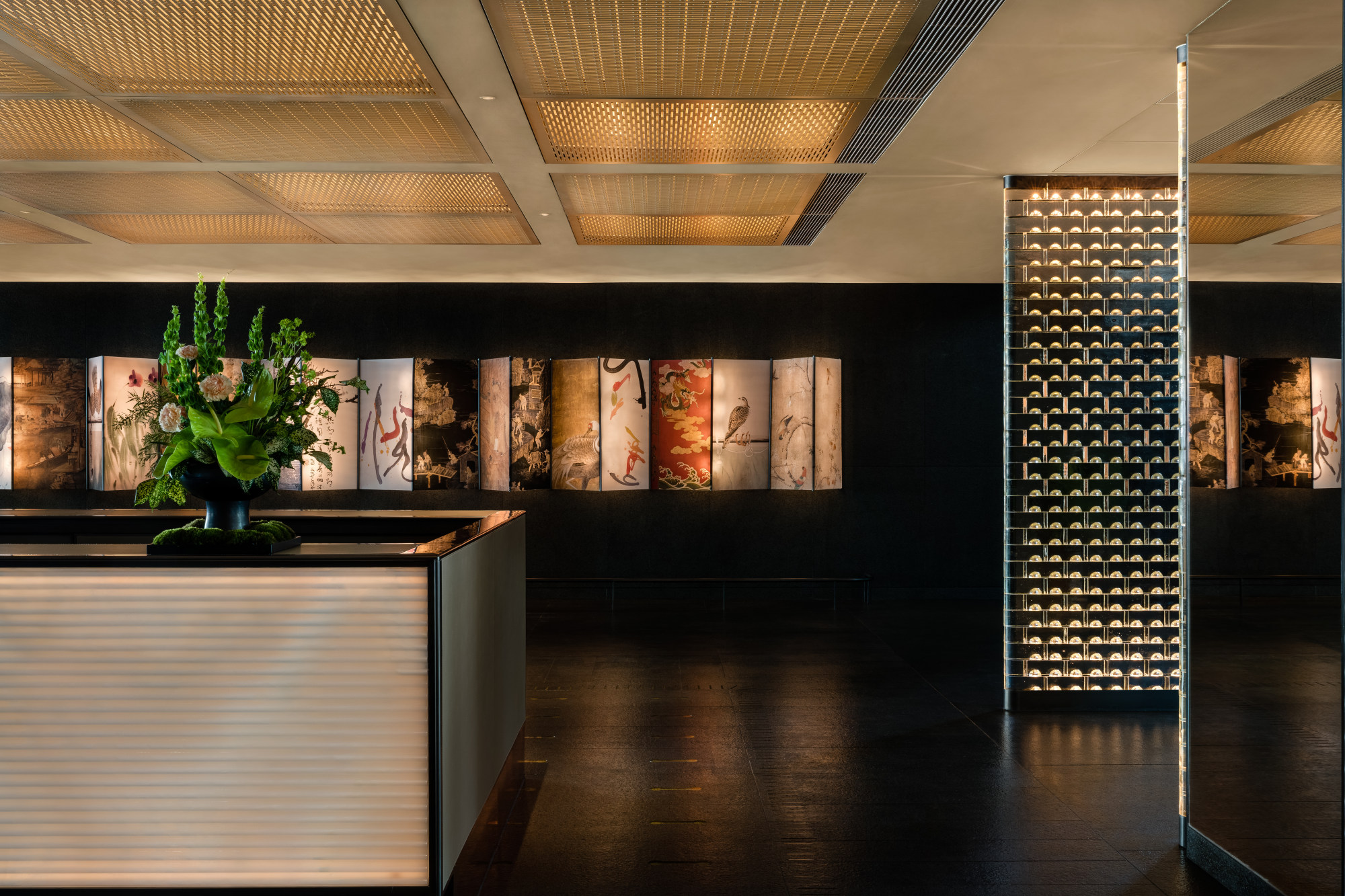
He teaches and lectures in architecture; has created 42 collections of furniture for Italian firm Giorgetti; and has his own high-end furniture brand, Dimensione Chi Wing Lo. He is also an accomplished sculptor.
What is good restaurant design? How experts in Hong Kong tackle it
Nevertheless, he filled his days with online meetings and drawing, finding a silver lining in the less than ideal circumstances.
To overdesign is easy. For me, it is about subtracting until everything is there for a reason, but people often misunderstand simplicity
“This project was perfect in terms of timing because I couldn’t travel or take on new clients, so I was able to focus on it 100 per cent,” he says.
His first spell in quarantine was spent at the Sheraton Hotel, across the road from the Regent, so he was able to look down at the construction site.
Almost a year after Lo’s design concept had been accepted, with all drawings completed and on-site demolition beginning, he was suddenly told his budget had been cut considerably and that certain structural changes he had banked on would take too long to be approved by Hong Kong’s Buildings Department and would therefore be scrapped.

“It was like an ocean liner hitting an iceberg,” he says. “There was nothing else to do but take a deep breath and make that ship do a huge U-turn.”
Somehow he remained undaunted, working around the new constraints to come up with a second design scheme in late 2020, which morphed into the new Regent Hong Kong of today.
Still able to modify the facade, he replaced the existing red brickwork that had started to crumble with lighter ribbed aluminium that would brighten the building on gloomy days and prevent glare on sunny ones.
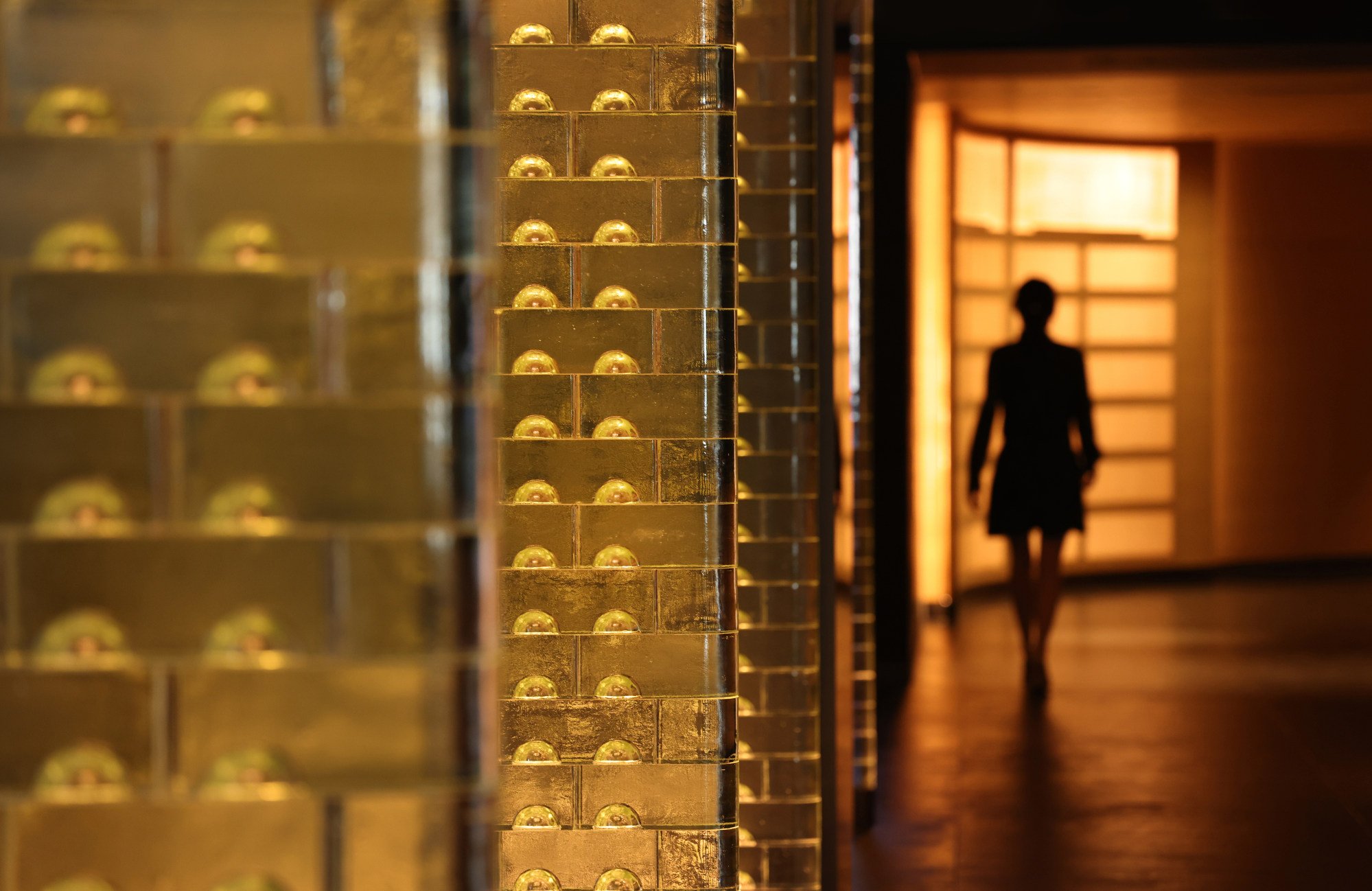
However, the new restrictions meant he could not change the look and positioning of the original windows or demolish the unsightly exterior troughs – he calls them “ditches” – under each one, which would have given him an additional six square metres of space per bedroom.
Revisiting his designs, he came up with the solution of filling in the loathsome cavities and making them into more aesthetically pleasing sculptural “stone gardens”.
The lobby posed another challenge. Prevented from raising its low ceilings, he installed illuminated, lattice patterned panels to remove any sense of oppressive solidity and slim, glass-bricked partitions, lit from the top and bottom, in place of the chandeliers so common in hospitality interiors.
He also embraced the area’s darkness, emphasising its lack of natural light by painting it black. This also makes the adjoining lobby lounge seem even lighter and its 180-degree views of the harbour and Hong Kong Island’s skyline all the more explosive.
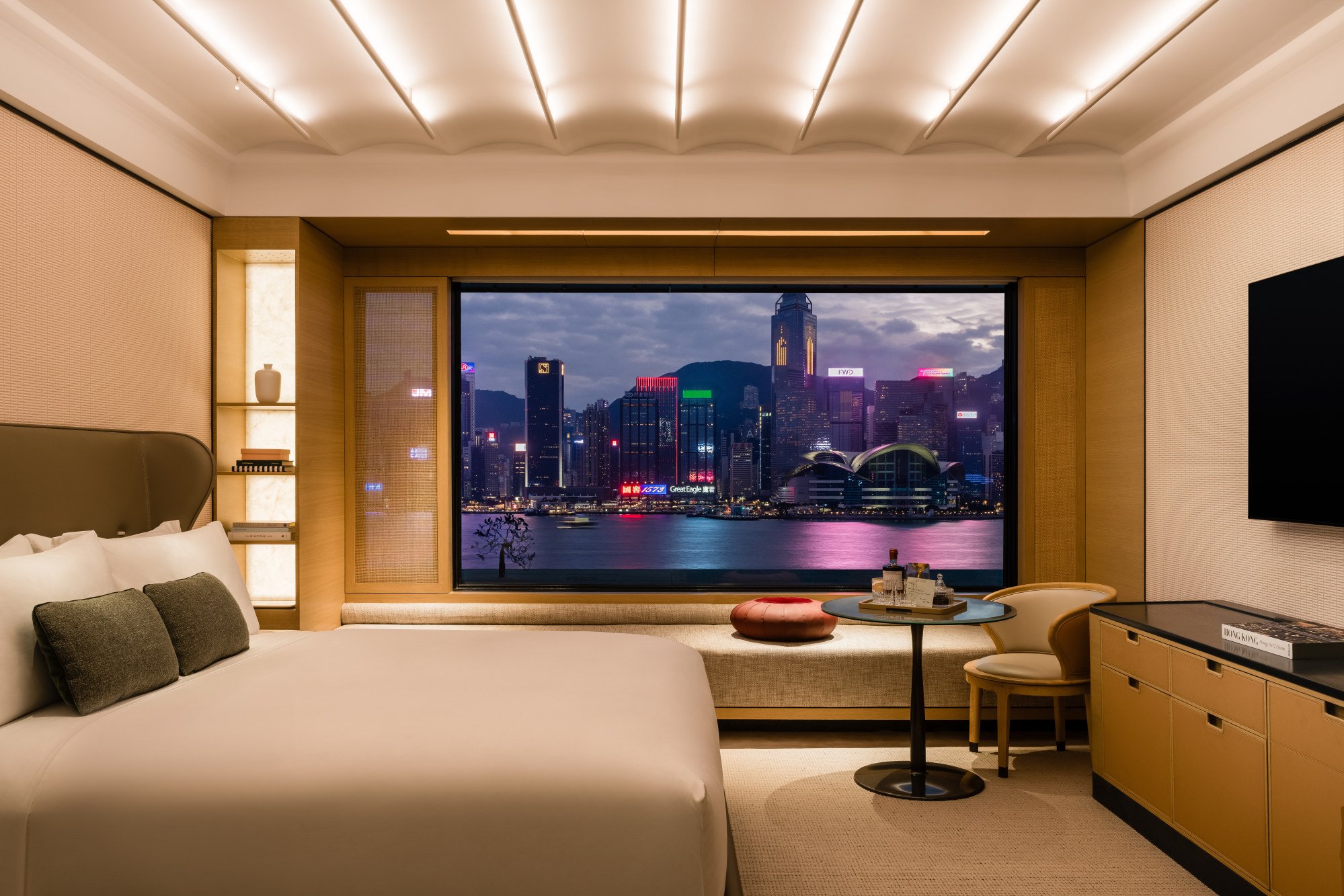
You would expect a vast design team for a project this size, but Lo says he preferred to do it all himself. This was partly because he did not want his to be the kind of firm where the principal designer wins the business, and then lets junior staff handle everything – but also because he does not enjoy delegating.
“When you delegate, you dilute your ideas and input. If a client signs a contract with me, the client gets me. I oversee everything from start to finish. If I were to give other designers a brief to work on, I would have changed it before they’d have even sat down. It would be very frustrating for them.”
He has taken into consideration every minute detail and its impact on staff and guests – from the placement of a leather seam on a chair to ensure it does not irritate the user to stone “skirting” that juts out from corridor walls to prevent luggage trolleys damaging them.
Good design is not just about the grand gestures but about the small observations that make life comfortable
Among the other clever devices he came up with is a granite “carpet” inside the entrance in place of a more easily damaged woollen one; large, backlit lift buttons; and tabletops with fabric sandwiched between bevelled glass to get the sense of a tablecloth but much easier to keep clean than table linen.
He installed small onyx shelves along the front of the floating concierge desk for guests to place their handbags, and he even hid each room’s rubbish bin under a specially made bench seat at the foot of the bed.
“I’m not saying trash is unpresentable but it’s how you handle its treatment – where to put it, what form to take. A very simple solution often means a lot,” says Lo, who is keen to reveal the story behind each object and often brings the unnoticed to your attention.
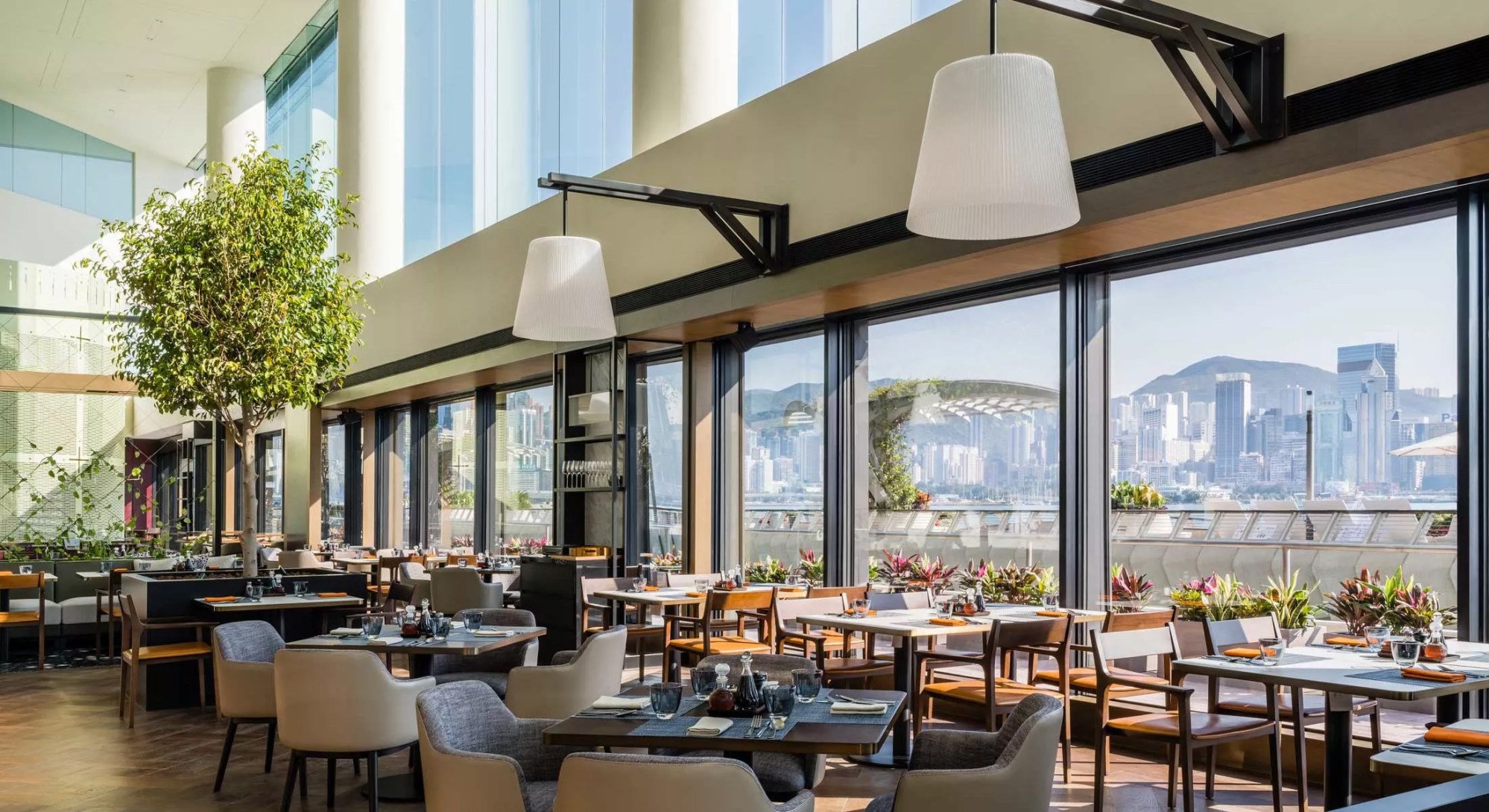
“You sit on a chair and to you it’s a chair, but so much work has gone into it, from its fundamental dimensions to the technical issues to aesthetics. Good design is not just about the grand gestures but about the small observations that make life comfortable.
“I also believe in the architect as housekeeper. I make things perfect to look at but they also need to work hard and be kept clean easily, particularly in this environment.
“The main issue here was getting the balance between the look and feel and the high traffic.”

A stay as a guest at the hotel 20 years ago – long before he became involved in its redesign – shaped the way he designed the guest bathrooms. Back then, sunken baths were all the rage, but the experience jarred with Lo’s sensibilities as sink pipes were all he could see as he lay soaking.
“Apart from the convenience of stepping down rather than climbing over, there was nothing to compensate you for being down there. You had a view of the plumbing and nothing else,” he recalls.
While Lo wants guests to have a memorable experience, he took great pains to make sure his hotel design was not out to compete with its neighbours by being bigger, louder or more opulent.
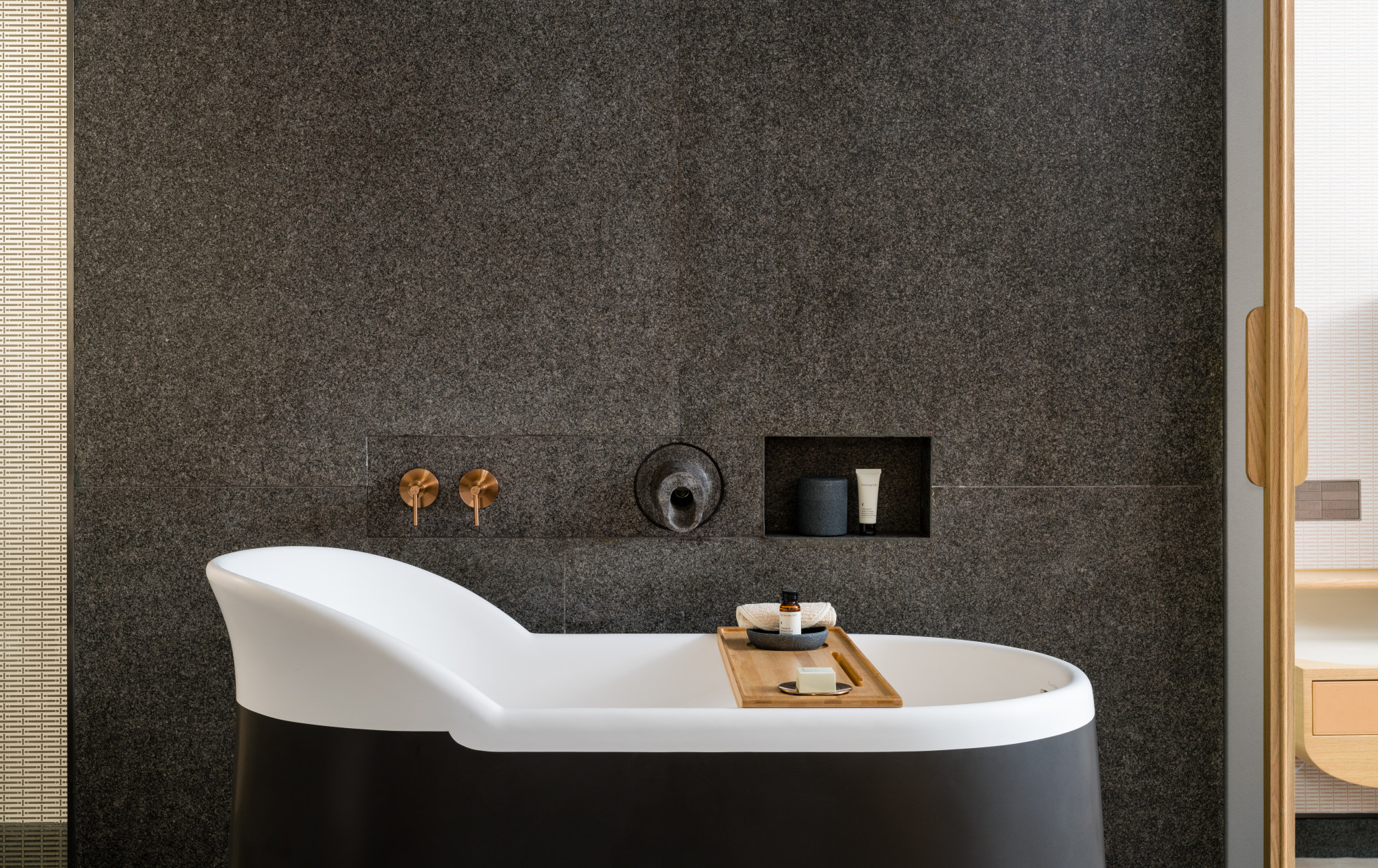
Instead, his elegant and contemporary interiors take a very muted form, with neutral palettes, natural materials such as wood, stone and leather, and timeless, light-toned fabrics that do not fight for attention or jostle with the jaw-dropping harbour view.
“The crisis of a destination is trying too hard to impress and impose – that’s not us,” explains Lo. “To overdesign is easy. For me, it is about subtracting until everything is there for a reason, but people often misunderstand simplicity. Simplicity and its achievement in hotel design can be very complex.”
Lo acknowledges the sophistication of today’s traveller and the mountain of expectations around the hotel, which started taking bookings on March 16 for a limited number of rooms, before its still-to-be-announced official opening.

But he hopes that all the elements of his design will communicate a coherent message to all guests – one of slowing down and relaxing from the moment you set foot in the hotel to the time you leave.
“Like Odysseus’ voyage, it’s not the end, it’s the journey that counts,” he says.
